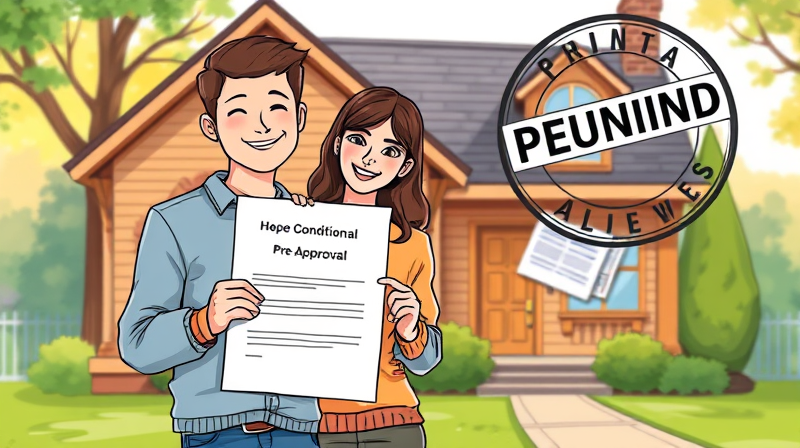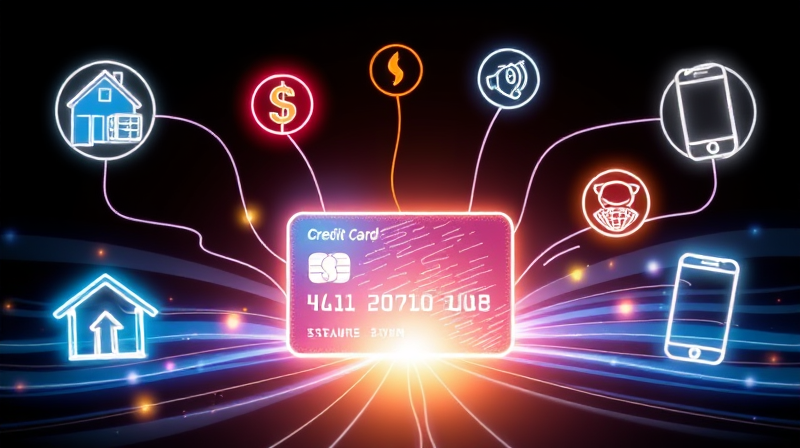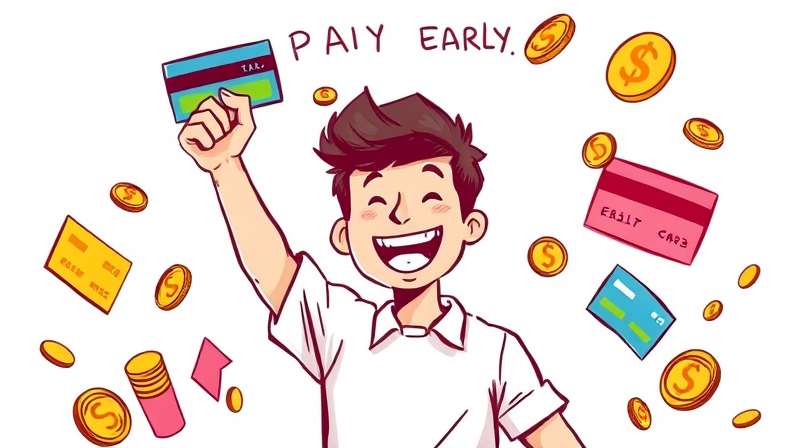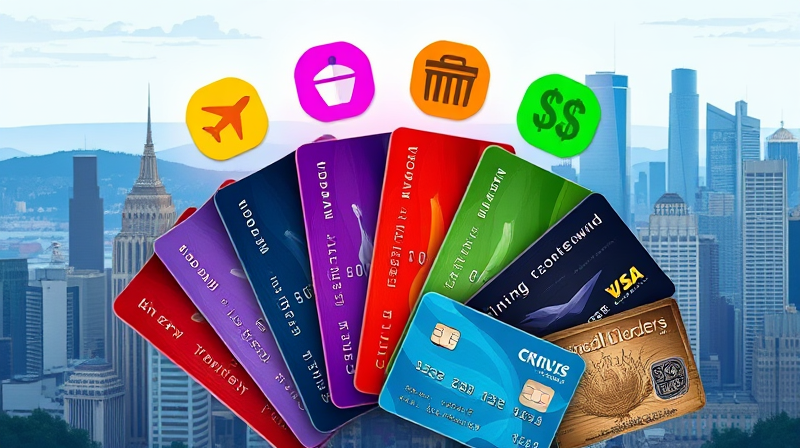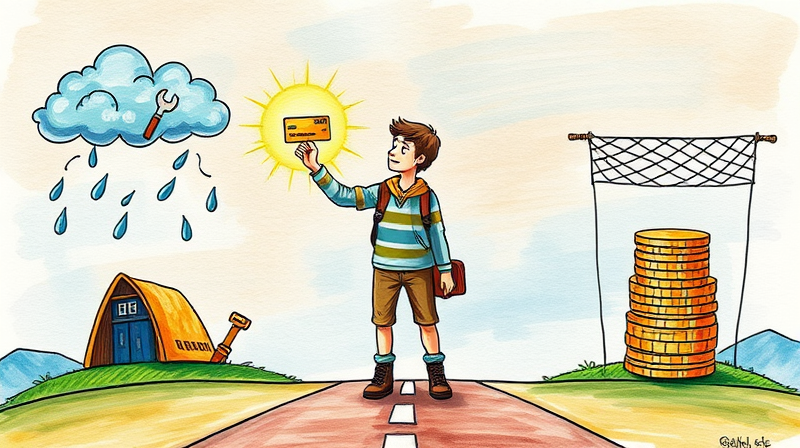
Unexpected expenses happen to everyone. A flat tire on the highway, an urgent medical bill, or a sudden home repair can derail your budget and leave you scrambling for funds. In those moments, having a reliable solution can make all the difference between calm problem solving and spiraling stress.
While traditional advice champions an emergency savings cushion, many people find themselves without enough liquid funds. In these scenarios, credit cards often become the go-to resource. This article explores how to wield your card wisely, turning it into a strategic ally instead of a costly burden.
Emergency purchases encompass any unplanned expenses that demand immediate payment. Common examples include car breakdowns, urgent medical treatments, sudden travel changes, and home appliance failures. According to recent surveys, 37% of adults in the United States cannot cover a $400 emergency without relying on credit, which underscores the prevalence of financial vulnerability.
Ideally, experts recommend maintaining three to six months of living expenses in an accessible savings account. However, many Americans lack a sufficient buffer, leaving credit cards as the default fallback when time is of the essence.
Credit cards deliver near-instant access to funds, which is crucial when cash reserves run dry or bank transfers are delayed. Whether you’re traveling abroad and face ATM issues or experience a sudden income interruption, cards can bridge gaps during income disruptions and preserve your day-to-day life.
Leveraging a 0% APR promotion can yield crucial breathing room, provided you clear the balance before the offer expires. Even outside promotional windows, card rates often undercut payday loans or cash advances, making them a comparatively cost-effective emergency tool.
Despite their benefits, credit cards carry significant downsides when used improperly. High average APRs can quickly magnify a small balance into a much larger debt load. Repeated emergency charges without a repayment plan can trap you in a vicious cycle of mounting interest.
The table illustrates why high balances and late payments inflict immediate damage. Maintaining low utilization and timely payments is essential to protect and rebuild your credit after an emergency.
Before you swipe plastic in a crisis, pause and evaluate. Is this expense truly urgent, or can it wait? Could you negotiate a payment plan with the provider? If credit is your only solution, follow disciplined guidelines to avoid long-term costs.
With a clear strategy, you can realistic plan to pay off the balance before interest balloons. Set calendar reminders for due dates and, if possible, automate payments to minimize interest and debt accumulation.
An emergency credit card serves as a stopgap, but it shouldn’t replace a well-funded savings account. Building an emergency fund remains the gold standard: it eliminates interest charges and keeps you debt-free.
If savings fall short, consider other low-cost options like a personal line of credit, which often features lower APRs than credit cards. Borrowing from family or friends can also provide flexible repayment terms without finance charges, though it introduces personal dynamics that require clear agreements.
For organizations such as government agencies or large companies, structured purchase card programs impose strict spending thresholds and audit processes, ensuring both accountability and immediate purchasing power when crises hit.
After an emergency purchase, your focus should shift to credit health restoration. Regularly check your credit reports for errors, monitor your utilization ratios, and keep payment histories clean. Many issuers and credit bureaus offer free tools and alerts to track these metrics.
If you notice your score dipping, take proactive steps: pay down high-interest balances first, diversify your credit mix responsibly, and avoid opening multiple new accounts at once. Over time, consistent habits will help you preserve your financial well-being long-term.
Credit cards, when used thoughtfully, can serve as a backup plan for urgent spending. They offer speed, convenience, and consumer protections that cash or payday loans simply can’t match. However, without a solid repayment plan, these benefits can transform into persistent high-interest debt.
Strive to maintain an emergency fund covering three to six months of expenses. Use credit cards sparingly and only with a clear, realistic payoff strategy. Monitor your credit score closely and take steps to rebuild if necessary. By balancing preparedness with disciplined usage, you can navigate financial emergencies confidently and emerge stronger on the other side.
References







